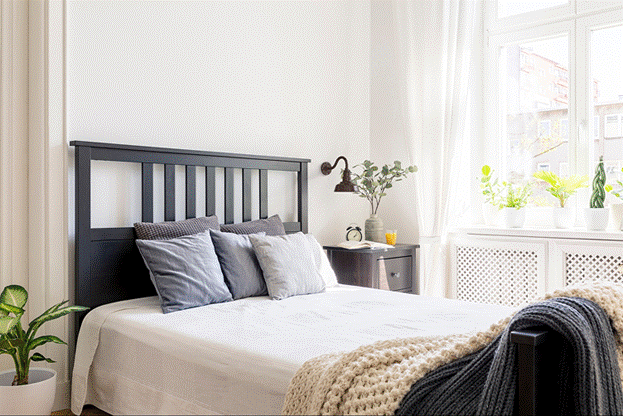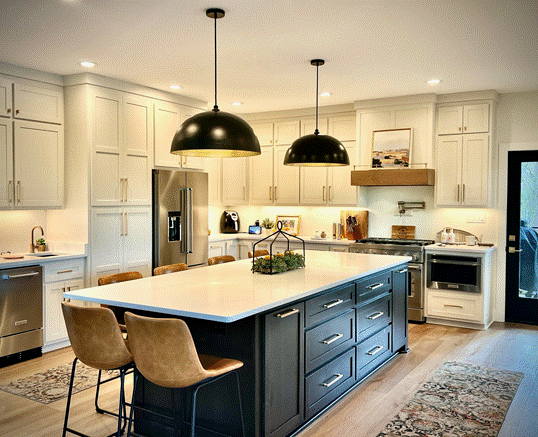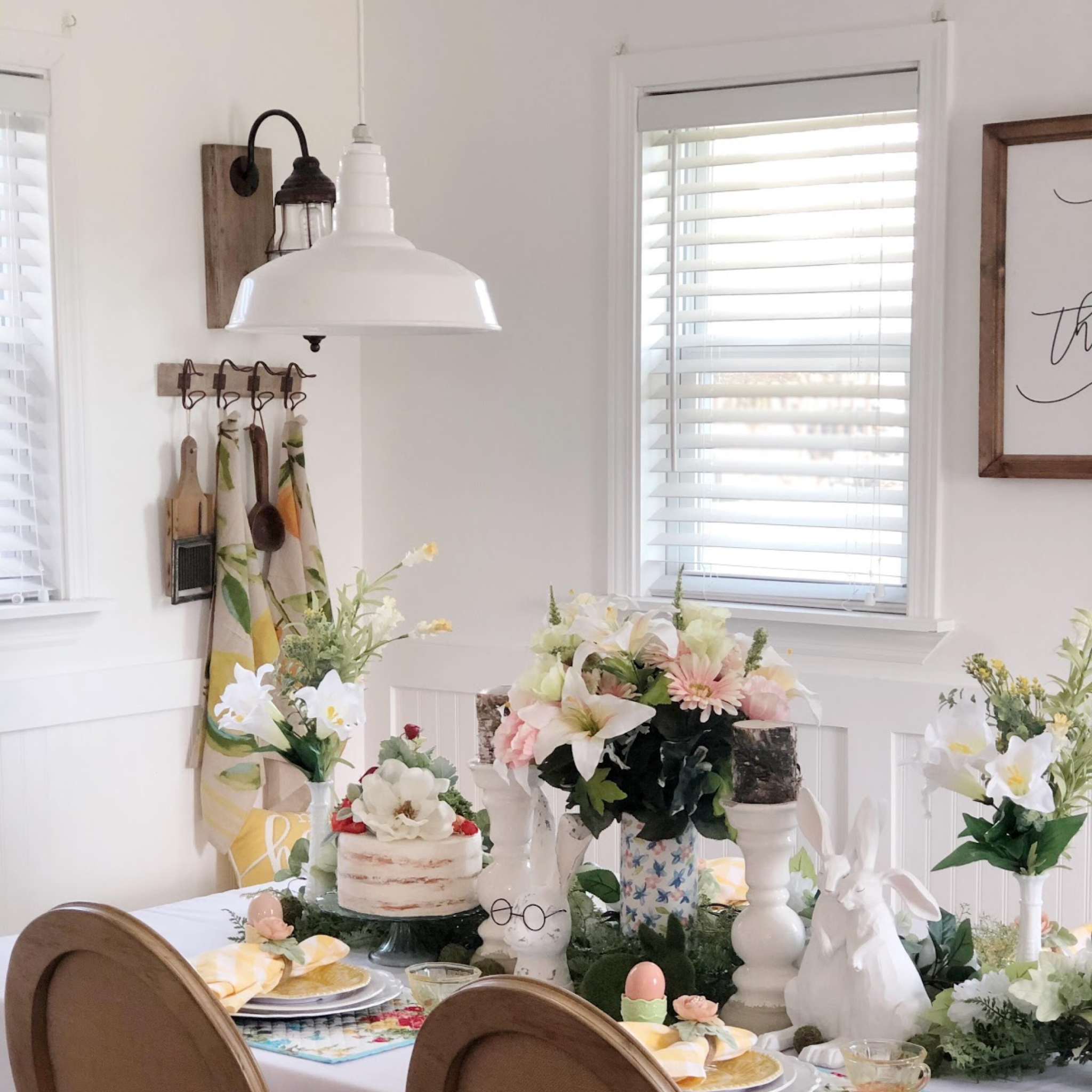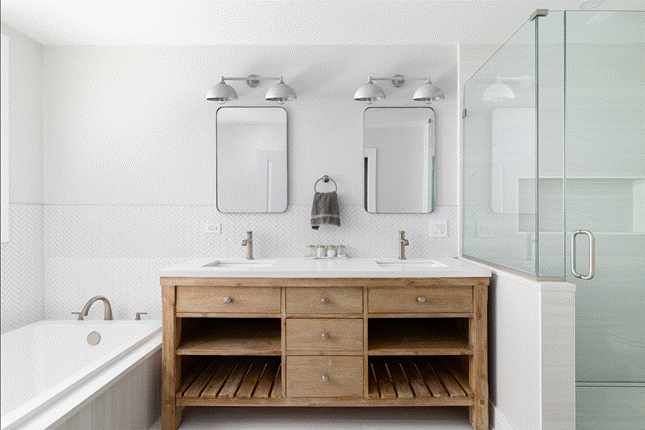Your cart is currently empty!
Getting your indoor lighting right can make the difference between a house that feels like home and one that just feels… off. We’ve all walked into spaces where the lighting immediately made us feel welcome, and others where we couldn’t wait to leave. The good news? Creating that comfortable feeling in your own home isn’t as complicated as you might think.
Start with Understanding Your Natural Light
Before you add a single fixture, take time to really observe how natural light moves through your space throughout the day. Walk through your home in the morning, afternoon, and evening. Notice which rooms feel bright and welcoming, and which ones seem to disappear into shadow.

This observation will guide every lighting decision you make. Rooms that get great morning light might need less artificial lighting during the day, but could benefit from warmer evening options. Spaces that stay dim most of the day will need more consistent interior lighting support.
Layer Your Lighting Like a Pro
One of the biggest mistakes we see people make is relying on a single overhead fixture to light an entire room. That’s like trying to paint a picture with just one brush, which might get the job done, but it’s not going to look great.
Always think of lighting in three layers: ambient, task, and accent. Ambient lighting provides your overall illumination, which could be a ceiling fixture. Task lighting helps you actually do things and these include reading lamps, under-cabinet lights in the kitchen, or vanity lighting in the bathroom. Accent lighting adds personality and visual interest, such as decorative sconces or pendant lights over a kitchen island.
When these three work together, your indoor lighting feels natural and comfortable rather than harsh or flat.
Choose the Right Temperature for Each Room
Color temperature might sound technical, but it’s pretty simple. Warmer light (around 2700K-3000K) feels cozy and relaxing, while cooler light (4000K and up) feels more energizing and focused.
Here’s what works well in our experience: bedrooms and living rooms benefit from warmer interior lighting that helps you unwind. Kitchens and bathrooms often work better with slightly cooler light that allows you to see what you’re doing clearly. Home offices definitely need that cooler, more focused light to keep you alert.

Don’t feel like you have to stick to one temperature throughout your entire house. Mixing temperatures based on how you use each space will make your home feel more natural and comfortable.
Scale Your Fixtures to Your Space
A tiny pendant light in a large kitchen will look lost, while an oversized fixture in a small room will feel overwhelming. Getting the scale right is crucial for interior lighting that feels intentional rather than random.
For pendant lights over kitchen islands, a good rule of thumb is to choose fixtures that are about one-third the width of your island. The Westwood’s 24-inch bowl design works beautifully for this, especially with its bold statement-making presence.

In dining rooms, your pendant should be about half to two-thirds the width of your table. Something like the Carson brings that modern farmhouse character that’s built to outlast design trends.
Some of our team’s favorite designs for larger spaces include substantial fixtures like the Carson pendant, which really holds its own in rooms with high ceilings.

For medium-sized areas, something like the Westchester wall light gives you that perfect balance of presence without overwhelming the space, plus you get flexibility with different arm options.
Don’t Forget To Include Dimmer Switches
This might be the easiest upgrade you can make to improve your indoor lighting. Dimmers let you adjust the mood of any room throughout the day. Bright light for cooking dinner, dimmed light for a romantic meal, and something in between for casual family time.
Install dimmers on as many fixtures as possible, especially in living areas and bedrooms. You’ll be surprised how much more comfortable and flexible your spaces feel when you can adjust the light to match what you’re doing.
Consider Your Daily Routines
Do you read in bed? You’ll want good bedside lighting. Do you cook elaborate meals? Kitchen island pendants will make food prep so much easier. Do you work from home? Make sure your office space has proper task lighting that doesn’t create glare on your computer screen.
A personal favorite approach is to map out your evening routine and make sure each step has appropriate lighting. You want enough light to be safe and functional, but not so much that it keeps you wired when you’re trying to wind down.
Mix Different Types of Fixtures
Variety in your interior lighting keeps spaces from feeling monotonous. Combine different fixture styles, maybe a sleek pendant light with a more traditional table lamp, or modern sconces with a vintage-inspired ceiling fixture.
This doesn’t mean your fixtures need to match perfectly. In fact, spaces often feel more collected and comfortable when the lighting has some personality and variation. The key is finding a common thread — be it the finish, or the general style, or even just the scale.
Pay Attention to Shadows
Good indoor lighting isn’t all about brightness; avoiding harsh shadows that make spaces feel uncomfortable is also a key part of the process. This is especially important in kitchens and bathrooms where you need to see clearly.

Multiple light sources help eliminate problematic shadows. In bathrooms, having lights on either side of the mirror (like the Lennox vanity light) works much better than a single overhead fixture that can cast shadows on your face.
Test Before You Commit
If you’re unsure about a fixture or placement, try to test it out first. Many lighting stores offer return policies, and sometimes it’s worth the hassle to make sure you love how something looks and feels in your space.
You can also get a sense of scale by cutting out paper templates or using painter’s tape to mark where fixtures will go. It sounds silly, but it can save you from expensive mistakes.
Trust Your Gut
At the end of the day, the best interior lighting is what makes you feel comfortable and happy in your home. Don’t get so caught up in rules and recommendations that you ignore what actually feels right to you.
Your home should reflect your personality and support how you live. If you love dramatic lighting that others might find too dim, go for it. If you prefer everything bright and cheerful, that’s perfect too. The goal is creating a space where you feel completely at ease, and the right indoor lighting will help you get there.